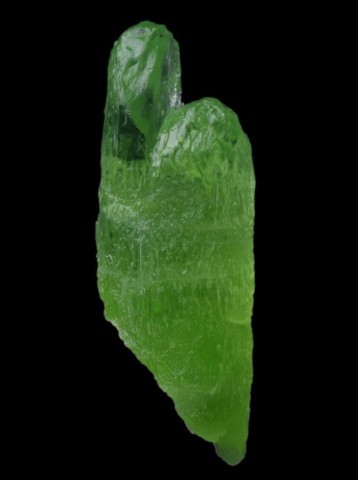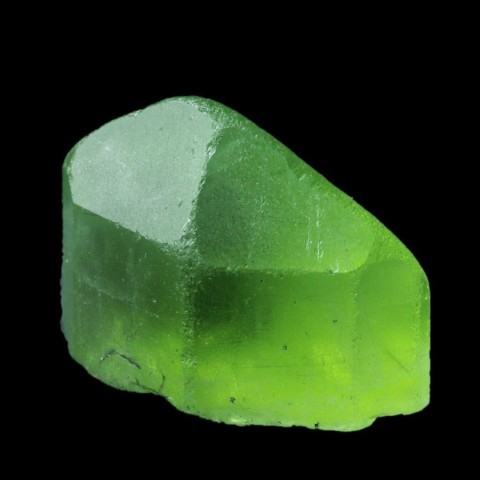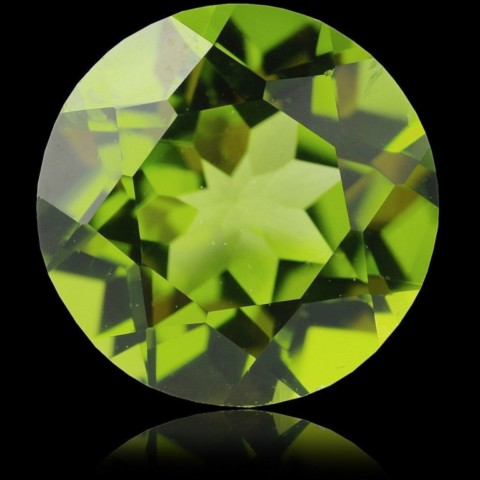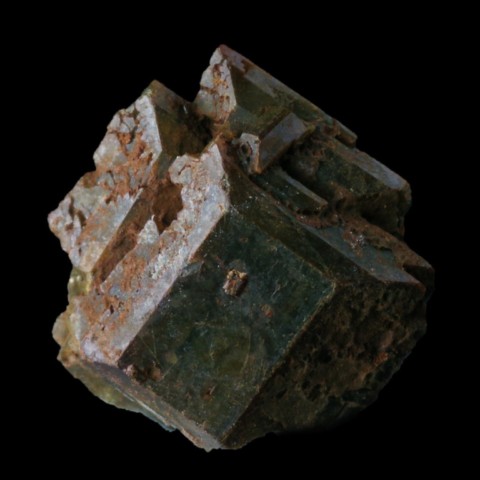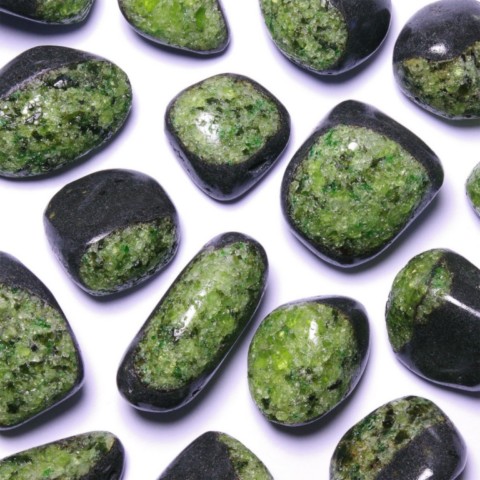 Forsterite - Encyclopedia
Forsterite - Encyclopedia
Class : Silicates
Subclass : Nesosilicates
Crystal system : Orthorhombic
Chemistry : Mg2SiO4
Rarity : Very common
Forsterite is the magnesium pole of the olivine group, it is by far the most common mineral in this group and one of the most abundant minerals on the globe. It forms two series, one with fayalite (ferriferous) and the other with tephroite (manganiferous). Forsterite is the fundamental constituent of peridotites, often present in gabbros and basalts and also in certain high-grade metamorphic rocks (dolomitic marble). It was named in honor of Adolarius Jacob Forster, an English mineral merchant. Forsterite crystals are frequently flattened, longitudinally striated, with sharp faces and octahedral terminations, sometimes centimeter-sized. Forsterite is also often in granular masses composed of grains with rounded surfaces, sometimes large. With a glassy luster, it has a characteristic greenish-yellow to green color. It is easily altered to minerals from the serpentine group (chrysotile and antigorite), a phenomenon which can continue with the formation of talc or magnesia. Peridot is the gemmy forsterite, it is used in jewelry, but it is also a highly sought-after industrial mineral for the manufacture of refractories (foundries, ceramics, etc.).
Main photo : Forsterite from Soppat, Manshera, Naran-Kagan Valley, Kohistan, Northwest Frontier, Pakistan
Forsterite in the World
Twinning
Twins are known on {100}, {011} and {012}.
Fakes and treatments
Synthetic forsterites have been produced in Russian laboratories since 1999. However, the synthetic crystals which are cut for jewelry are blue-violet, a color which does not exist for this species in nature... this synthesis actually aims to imitate the tanzanite...
Hardness : 7
Density : 3.27
Fracture : Conchoidal
Streak : White
TP : Translucent to transparent
RI : 1.636 to 1.772
Birefringence : 0.033 to 0.042
Optical character : Biaxial +
Pleochroism : Visible
Fluorescence : None
Solubility : Hydrochloric acid
Magnetism : Paramagnetic
Radioactivity : None

